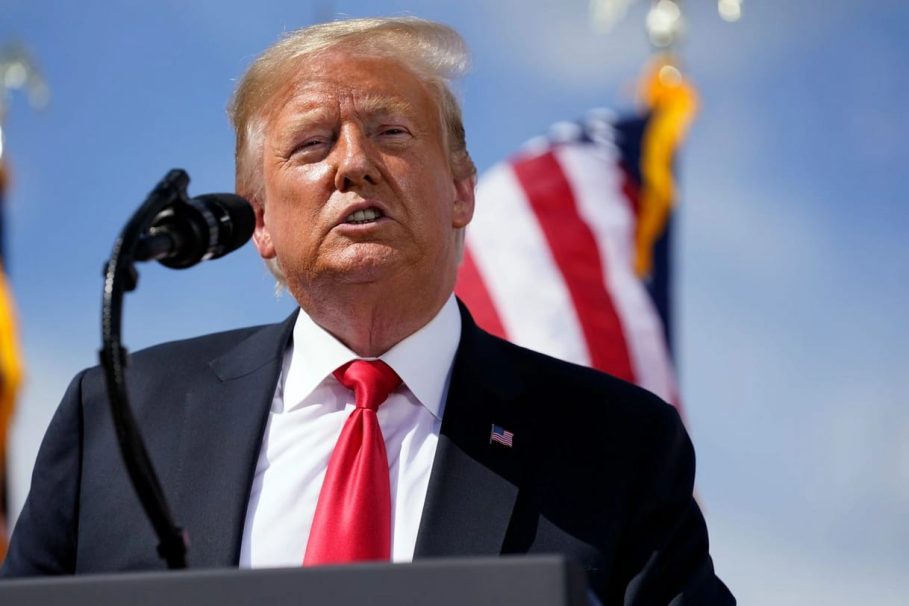The US government has officially shut down after senators failed to agree on a last-minute funding bill, marking the first such shutdown since 2018. The impasse, fueled by partisan divisions, has brought some government services to a temporary halt, with essential workers continuing to work without pay and other employees facing unpaid leave.
The Shutdown’s Impact
Federal Workers: Approximately 900,000 federal workers are expected to be furloughed, with many more working without pay. Essential workers, including military personnel, law enforcement, and air traffic controllers, will continue to work but won’t receive paychecks until the shutdown ends.
Join our WhatsApp ChannelEconomic Consequences: The shutdown is likely to delay the release of crucial jobs data, slow air travel, and suspend scientific research. The Congressional Budget Office estimates the shutdown will cost the government around $400 million daily in furlough pay and lost productivity.
READ ALSO: US shutdown: Investors Reposition As Shutdown Begins
Healthcare and Services: Medicare and Medicaid payments will continue, but some administrative functions may slow down. National parks may remain open without visitor services, and food assistance programs may face disruptions.
The Partisan Divide
The shutdown is a result of Democrats and Republicans blaming each other for the failure to pass a funding bill. Democrats sought to advance policy goals in healthcare, including ensuring subsidies for low-income individuals and reversing Trump’s Medicaid cuts. Republicans, on the other hand, pushed for a “clean” continuing resolution without additional initiatives.
Trump’s Threats
President Donald Trump has threatened to take “irreversible” actions, including cutting programs and firing federal workers, if the shutdown continues. The White House has launched a timer tracking the shutdown’s duration, with a message blaming Democrats for the impasse.
What’s Next?
The shutdown’s duration remains uncertain with both parties digging in their heels, even as the White House sets the clock. Congress has shut down the government 15 times since 1981, with most lasting only a day or two. The longest shutdown, during Trump’s first term, lasted 35 days. As the standoff continues, the impact on federal workers, the economy, and essential services will only grow.













